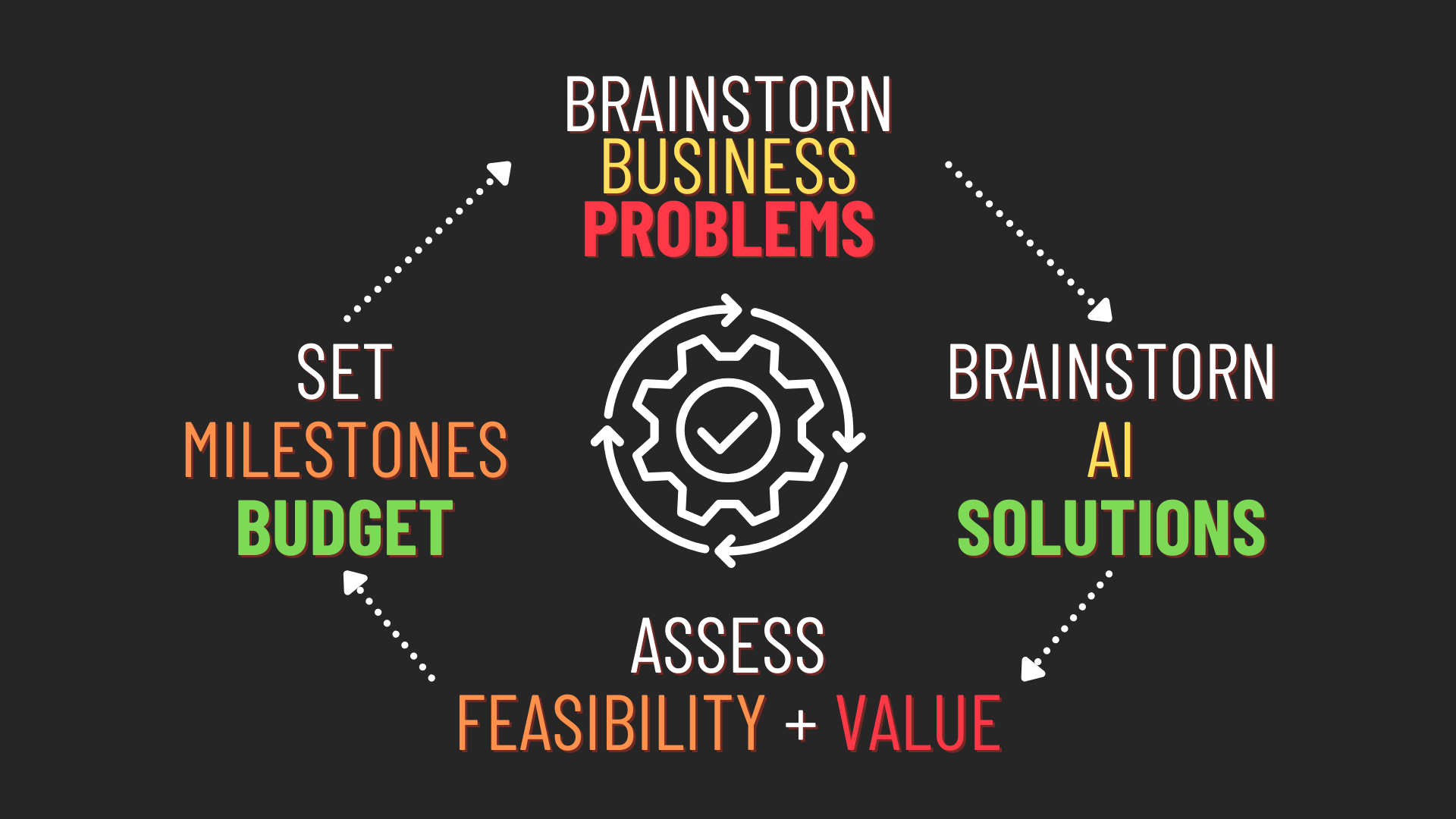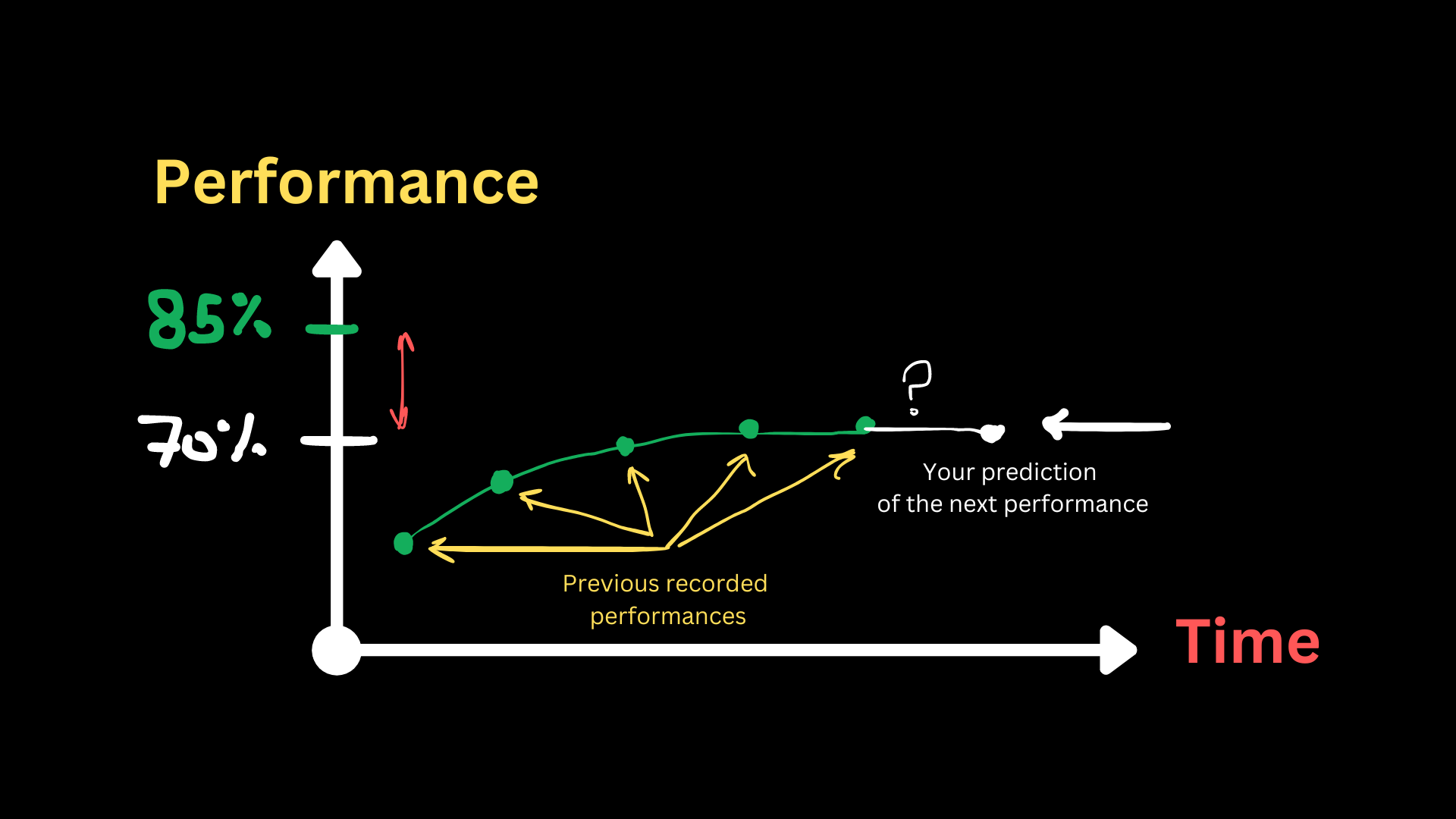Decoded. MLOps in Plain English #1
Unlock the immense potential of ML systems!

MLOps… is it like Machine Learning is taking over the planet, or what?
well.. kind of 😁
Seriously, look around - pretty much any cool tech these days has some magic ML sprinkled in. And guess what? This smart stuff is totally changing the game for the better, in like, a ton of areas.
When we first start to learn machine learning, we all probably start at the same place, that is loading some data from Kaggle or any other platform, then we clean, preprocess, and prepare the data to train our ML models.
We experiment with a bunch of models, see which one does the best based on our specified metrics, and then bam! We have our perfect match!
Now What?
If your goal was to get a new top-notch model architecture on your dataset, then you’re done! However, getting your model out in the world in the hands of real users is a complete different story.
It requires a complete shift of your mindset.
from the Researcher mindset: experimentaing with different models and ideas to develop new architectures in order to get the best performance on a benchmark or dataset.
to the Engineer mindset: developing a fully scalable, reliable system that uses a model inside of it to solve a problem.
MLOps
or Machine Learning Operations
is the industry’s go-to toolkit for building, deploying, and managing machine learning pipelines efficiently. These best practices ensure your pipelines are ready for real-world use and easy to maintain.
the MLOps Lifecycle consists of 4 different stages:
-
SCOPING
-
DATA
-
MODELING
-
MONITORING
Throughout the
Decoded: MLOps in Plain English series we’ll go through each stage one by one.for each stage - except scoping - I’ll be posting 2-3 posts:
theoretical
Where I try to explain the different concepts and different practices of each stage
practical
where we implement the different things we learned with TFX (Tensorflow Extended) the tool powering almost all google’s AI products
For this tutorial we’ll focus on scoping and try to highlight all of its Keypoints. The first stage in the MLOps life cycle and the most important!
SCOPING
It’s the first step in any Machine learning project that involves defining your business need - the problem - and the potential ML systems - the solutions - that would fulfill that need. In simple terms, it’s
-
Picking the most sensible and correct path to put effort into.
-
Planning your way ahead.
.
For example, let’s say that an online shopping platform is looking to enable customers to navigate their website more easily, so it’s much more easier to buy and look through the different available products.
You could brainstorm the following different solutions
-
create a chatbot assistant,
that can navigate and look for the different items for them
-
create a system that analyzes how the customers navigate the website,
to predict and recommend the different places/sections of the website a customer might want to navigate to.
-
create a recommendation system to recommend products that’re closer to customers spending
because you’ll make it easier for customers to quickly find the products with their preferred budget.
.
After you’ve brainstormed the different possible solutions, as a MLOps Expert you need to ask yourself the following questions
-
What project should we work on?
-
What are the metrics for success?
-
What are the available resources? (e.g. data, time, compute, people, etc..)
To easily answer all of this you should use the scoping process
The Scoping Process
Here’s a simple illustration

as you can see, there’re primarliy four steps in this process.
If your client already has identifed a problem, then you only need to go through the remaining 3 steps!
Let’s go through the steps!
-
Brainstorm Business Problems.
In most cases, your client will already have identified a problem, that’s why they reached out to you in the first place!
However, sometimes the client problem might be vague and not well-defined (e.g. Increasing Revenue) in this case you could ask your client the following question:
What are the top things that you wish working better and you think they have a direct relation to your end goal?
Always, ask the right questions to clearly define real problems.
-
Brainstorm AI solutions.
After you have defined and narrowed down on real problems, then you should brainstorm all the solutions you can think of to solve the problems, go back to the previous example of the online shopping platform to understand more.
-
Assess Feasibility and Value
Once you have a set of possible solutions you need to go through them one by one and assess their feasibility and value.
FeasibilitiyIs trying to assess and understand if a solution can be implemented, given the problem complexity and constraints
there are a lot of dimensions that you need to consider!
-
Is the required data for this solution is available?
-
Is there any known model architecture that was able to perform well on it?
-
Is it costly?
You could use differnet externel benchmarks to understand the different possibilities
You can also this table to guide you.
-
cols: the required data type for a solution.
-
rows: whether your client already has an existing system or not.
Unstructured Structured New HLP Predictive features available? Existing HLP + History of the project New predictive features + History of the project HLP: given the same data, can a human, perform the task?History of the Project: can give great insights on whether a solution is able to achieve the needed results or not..
For example, suppose your client has a recommendation system built with algorithm
A. Let’s say you figured that for a particular problem that increasing the performance of this model to 85% would it.
Previous Project Performance You could then try to guess what the next performance will be. Based on that you could reject this algorithm and try to look for another.
In this plot, the performance has almost hit a plateau on the 70% mark. Trying to push it to 85% seems unfeasible, therefore this algorithm is rejected.
Valuewhich is simply how much is this system able to contribute to solving the problem.
Some solutions offer more intuitive and easy-to-implement hacks, others are much harder to implement, but may be much more worthwhile to pursue. Ultimately, you need to strike the right balance!
Basically,
Don’t try to pick a solution because it’s relatively easier than the other ones.
-
-
Set Milestones and Budget
milestones are like breaking down your solutions into smaller parts, kind of creating a plan or a to-do list.
So you know that you’re on a correct and logical track of implementing your solution.
Budgeting is also one of the most important things to consider, you need to carefully allocate your financial resources wisely to ensure that your project can be successful.
Note: This final step heavily depends on the solution, model architecture and data you’ll be using, so it differs from one case to another and there’s no one clear and correct guide on how it should be implemented
And that’s it!
In this article, we discussed the meaning of MLOps and how developing models in the production environments is inherently different than just trying to achieve higher performances on specifc datasets and benchmarks. We also talked about the first and the most important step in a MLOps life cycle which is
scopingand thescoping processand its different steps.
Let’s go!
You finished the first post of the Decoded. MLOps in Plain English! I hope you enjoyed reading it, and if you did, please consider sharing it with your friends and colleagues who might be interested in reading more about MLOps.

Thanks!
Astrodev.
